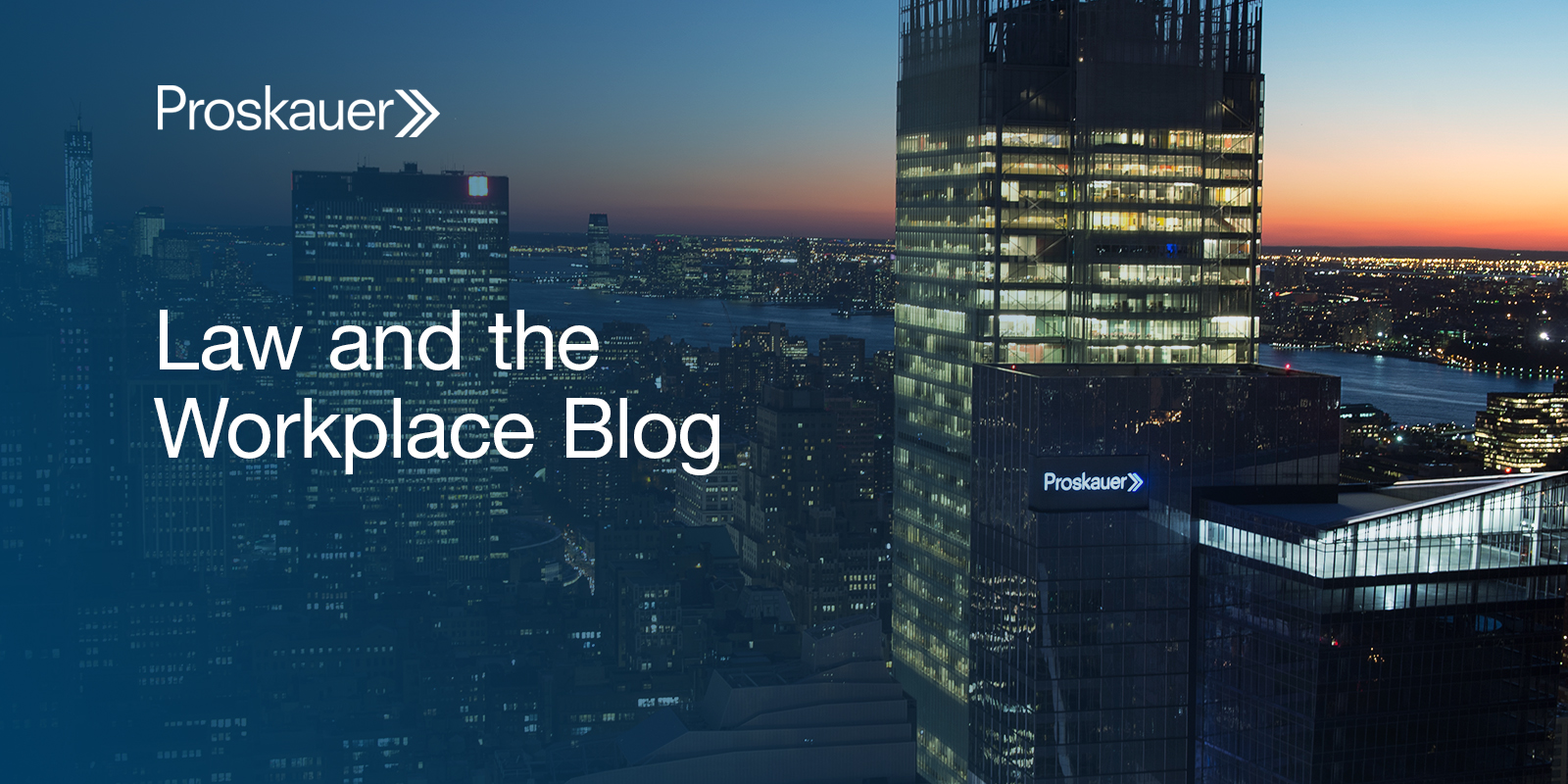Amici Speak Up in En Banc Challenge at CAFC to Rosen-Durling Framework for Design Patent Obviousness
“AIPLA warned that changing the existing framework ‘would cause significant uncertainty in a challenging area of design patent law that has operated reasonably well for over 40 years.’”
This week, 10 amici weighed in at the U.S. Court of Appeals for the Federal Circuit (CAFC) in a rare en banc review of the court’s January, 2023, decision in LKQ Corporation v. GM Global Technology Operations. That decision affirmed a Patent Trial and Appeal Board (PTAB) ruling that LKQ failed to show by a preponderance of the evidence that GM’s design patent was anticipated or would have been obvious.
The en banc appeal asks the CAFC to consider the following two questions:
“1. Whether the rigid approach to evaluating the obviousness of designs under In re Rosen, 673 F.2d 388, 391 (CCPA 1982) and Durling v. Spectrum Furniture Co., Inc., 101 F.3d 100 (Fed Cir. 1996) is consistent with the Supreme Court’s interpretation of 35 U.S.C. § 103 in KSR Int’l Co. v. Teleflex, Inc., 550 U.S. 398 (2007); and
2. What standard, consistent with KSRand 35 U.S.C. §171, should replace the current requirement that a patent challenger identify a primary reference that is basically the same as the claimed design as a prerequisite to evaluating obviousness and the further limitation that allows modification of the primary reference only if there is a secondary reference that is “so related” to the primary reference that the appearance of certain ornamental features in one would suggest the application of those features to the other.”
The so-called Rosen-Durling test requires that, first, under In re Rosen (C.C.P.A., 1982), courts identify a prior art reference “the design characteristics of which are basically the same as the claimed design.” Next, under Durling v. Spectrum Furniture Co., 101 F.3d 100, 103 (Fed. Cir., 1996)), if such a reference is identified, the court consider whether it can be modified based on other references to come up with “the same overall visual appearance as the claimed design.”
LKQ argued in its petition for en banc rehearing in March that the CAFC and its predecessor court have been applying a “rigid approach” to determining obviousness of design patents for 40 years, and that the Supreme Court’s 2007 holding in KSR International v. Teleflex, Inc. expressly overruled such an approach.
The Federal Circuit ultimately said in its January decision that “[w]e, as a panel, cannot overrule Rosen or Durling without a clear directive from the Supreme Court.” But in June, the court granted en banc review.
What the Amici Are Saying
Six of the 10 briefs filed on Monday are supporting LKQ, while four were filed in support of neither party. Amicus briefs in support of GM will be due no later than October 12, 2023.
The American Intellectual Property Law Association (AIPLA), supporting neither party, said that the “Rosen-Durling framework for assessing non-obviousness in the design patent context complies with KSR’s principles by providing an expansive and flexible approach that leaves ample room for factfinders to exercise common sense, logic, and good judgment.” AIPLA warned that changing the existing framework “would cause significant uncertainty in a challenging area of design patent law that has operated reasonably well for over 40 years.”
Pointing to the origins of the KSR approach to obviousness, AIPLA explained that nothing in KSR overrules or abrogates the Rosen-Durling test. The Supreme Court in KSR noted that “rules and structured analytical frameworks are not problematic per se but rather only become problematic when they ‘deny factfinders recourse to common sense.’”
The United States’ brief similarly asks the court to substantially retain the Rosen-Durling framework, but to clarify the framework to replace “Rosen’s ‘basically the same’ terminology with language directing the examiner or other factfinder to inquire whether there is a suitable starting point or base reference broadly having a similar overall visual effect as the claimed design.”
While the New York Intellectual Property Law Association (NYIPLA) also filed a brief supporting neither party, the organization said the present case suggests that “continued application of the so-called Rosen test may be considered potentially inconsistent with the Supreme Court’s rationale in KSR.”
The six briefs filed in support of LKQ were all submitted by amici from the automotive repair and insurance industries and broadly call for eliminating the Rosen-Durling test altogether.
The American Property Casualty Insurance Association (APCIA), National Association of Mutual Insurance Companies (NAMIC), and Certified Automotive Parts Association (CAPA) wrote that the Rosen-Durling test is “overly-rigid” and has allowed original equipment manufacturers (OEMs) to “obtain and enforce design patents on insignificant part-variations year-over-year.” The brief added:
“…[U]nder the undue rigidity of the Rosen-Durling test, design patents—which would otherwise be deemed obvious to an ordinary designer—unfairly exclude competitive aftermarket repair parts from the marketplace and thereby substantially increase repair costs, imposing an unfair and unnecessary burden…on the millions of automobile owners who are [our] customers.”
And, while AIPLA argued in its brief that design patents are different from utility patents and need a separate test, the brief submitted by Patent Law Professors, U.S. PIRG, iFIXIT, The Repair Association and Securepairs said that “there should be no exceptional approach to design patent law statutory doctrines (“provisions”) that render them different from utility patent law doctrines” and that the Rosen-Durling test should be abrogated.
Historic Case for Design Patents
The patent at issue in the case, U.S. Patent D855,508 covers a “vehicle front skid bar.” In its January decision, the Federal Circuit explained that “applying the tests established in Rosen and Durling, the Board found that LKQ failed to identify a sufficient primary reference, and therefore failed to prove obviousness by a preponderance of the evidence. LKQ filed its opening brief in the case on August 15.
According to Christopher Carani of McAndrews Held & Malloy, who authored AIPLA’s amicus brief, the Federal Circuit has not granted a petition for en banc review in a patent case since January 4, 2017 (in Wi-Fi One, LLC v. Broadcom Corp, 851 F.3d 1241 (Fed. Cir. 2017)), and the court has only granted review in a design patent case three times, the last time being November 27, 2007 in Egyptian Goddess v. Swisa. The other two cases were Racing Strollers, Inc. v. TRI Industries, Inc. (1989) and now the LKQ case.
Carani in June called the CAFC’s decision to grant en banc review “historic,” adding that “changes to the test will not only affect design patents for years to come but also the hundreds of thousands of currently issued design patents.”
Read all of the current amicus briefs in full below:
Eagle Eyes Traffic Industrial Co., Ltd.
American Property Casualty Insurance Association; National Association of Mutual Insurance Companies and Certified Automotive Parts Association
Taiwan Autobody Parts
AutoCare Association
The Digital Right to Repair Association; Securepairs; iFixit; US Public Interest Research Group, Inc.; and Patent law Professors
Automotive Body Parts Association
United States
American Intellectual Property Law Association (AIPLA)
New York Intellectual Property Law Association
Institute for Design Science and Public Policy






